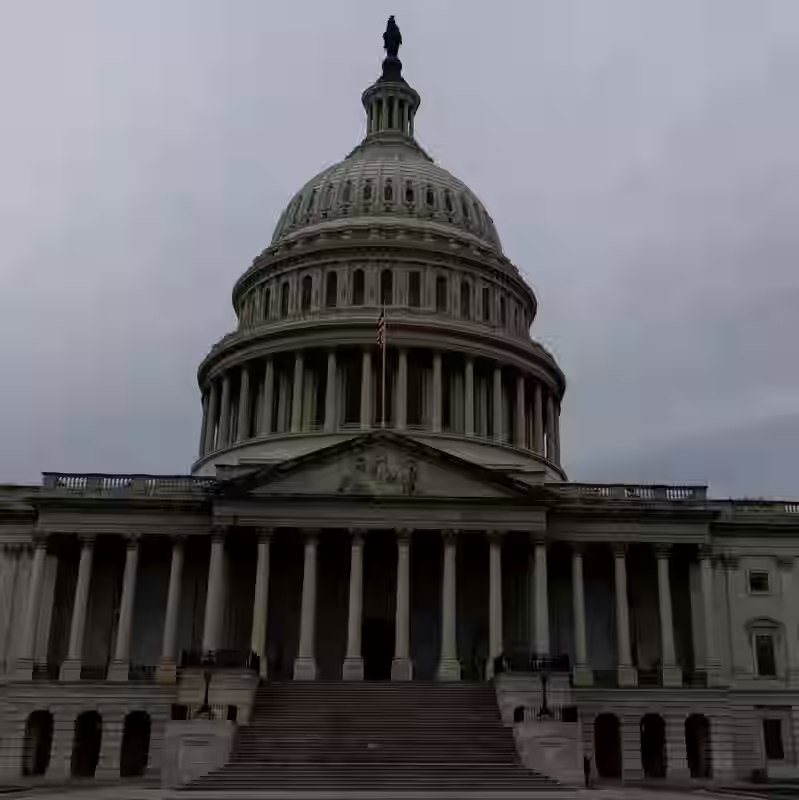Federal Funding Expires This Week—Here’s Exactly What Happens Next
If Congress fails to pass a spending bill by the end of the week, large parts of the U.S. federal government will shut down for the first time since 2018. With lawmakers deadlocked over budget priorities, millions of Americans could face delays in services, furloughed workers, and economic ripple effects. But not everything stops—here’s what actually happens during a shutdown.

What Triggers a Shutdown?
A government shutdown occurs when Congress fails to pass appropriations bills—or a continuing resolution—to fund federal agencies. Without legal authority to spend money, non-essential operations must cease. Essential services tied to public safety or national security continue, but often with unpaid staff.
Who’s Affected? A Department-by-Department Breakdown
| Agency/Department | Status During Shutdown | Impact on Public |
|---|---|---|
| National Parks | Closed or minimally staffed | Visitor centers shut; trails may remain open but unmonitored |
| IRS | Limited operations | Tax refunds delayed; customer service halted |
| Social Security | Mostly unaffected | Benefits continue, but new claims may face delays |
| Passport Services | Slowed or suspended | New applications delayed; urgent travel may still be processed |
| FDA | Reduced inspections | Food and drug safety monitoring curtailed |
| Border Patrol & TSA | Essential—remains open | Agents work without pay until funding resumes |
| Military | Fully operational | Troops deploy and serve—but paychecks delayed |
What Keeps Running vs. What Shuts Down
✅ Continues (Essential Services)
- Active-duty military operations
- Air traffic control
- Prison operations
- Disaster response (FEMA core functions)
- Law enforcement (FBI, DEA, CBP)
❌ Stops (Non-Essential Functions)
- Museum and zoo operations (Smithsonian, National Zoo)
- Most EPA regulatory activities
- Federal grant processing
- Small Business Administration loan approvals
- Non-emergency visa and immigration processing
About 800,000 federal workers could be furloughed or forced to work without pay—many for weeks. [INTERNAL_LINK:federal-government-shutdown]
Economic Fallout
Even a short shutdown costs the U.S. economy millions per day. The 2018–2019 35-day shutdown shaved an estimated $11 billion off GDP. Tourism, small businesses, and contractors suffer immediate losses.
How Long Could It Last?
Historically, shutdowns range from one day (1995, 2013) to five weeks (2018–2019). The duration depends on political will—and public pressure.




